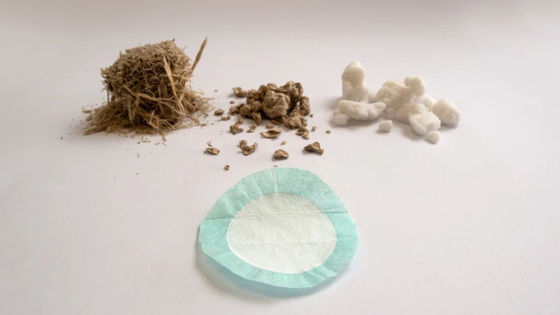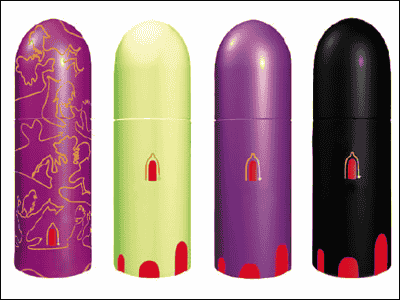A new material for masks that can remove viruses and can be mass-produced at low cost will be developed

The Queensland Institute of Technology reported that it has succeeded in developing 'a new material for masks that is cheap, mass-producible and biodegradable'. A mask made of this material can block viruses with a size of less than 100 nanometers and is highly breathable, so it is suitable for long-term wear.
QUT-New mask material can remove virus-size nanoparticles
Queensland researchers hit sweet spot with new mask material
https://www.brisbanetimes.com.au/national/queensland/queensland-researchers-hit-sweet-spot-with-new-mask-material-20200414-p54jr2.html
Whether a mask can prevent the inhalation of viruses such as the new coronavirus depends on the performance of the mask, and it is said that commercially available medical / surgical masks (surgical masks) have only a modest effect. On the other hand, the N95 mask, which is said to be able to prevent the new coronavirus, has the drawback that it is difficult to breathe and is not suitable for long-term use or for use by ordinary people in daily life.
Expert opinion on the effectiveness of masks can be read from the following articles.
Can commercially available surgical masks prevent the new coronavirus? -GIGAZINE

by nikki
In addition, ultra-fine fiber non-woven fabric made by a manufacturing method called ' melt blown ' is indispensable for manufacturing N95 mask, but the equipment for making this non-woven fabric is very expensive, and it takes half a year to manufacture the machine. It has been.
Making masks is harder than you think, why? -GIGAZINE

Meanwhile, a research group such as Thomas Rainey who teaches mechanical engineering etc. at Queensland Institute of Technology in Australia succeeded in developing a new material for masks that can be 'inexpensive and rapid mass production' .
The new material is sandwiched between tweezers in the image below. When Rainey et al. Used this material to test the trapping performance of particles, it was found that particles less than 100 nanometers, which is a general virus size, can be removed. Moreover, since it has higher breathability than commercially available masks, it is also suitable for long-term wear.

`` As a result of our thorough testing of this material, we found that the performance and efficiency of removing nanoparticles, which are about the size of a virus, was better than the high-quality commercial masks we compared. It turned out to be too expensive. '
Rainey et al. Began developing this material in 2014, initially envisioning its use as a disposable filter for purifying exhaust gas from diesel engines. However, when research began in 2017, the material under development was found to be 'very suitable for masks and personal protective equipment (PPE).'
So, at first, we were considering using it for dust masks for firefighters, but in the process of development, 'the function that can filter the extremely fine particles of the material is ideal for medical masks'. Since he knew that, it took him several years to complete the material.
This material is said to be made of cellulose nanofibers made from

The research group of Rainey et al. Is currently in the process of recruiting industry partners for commercialization because it succeeded in proof of concept as a new material 'nanoparticle filtration material'.
Related Posts:
in Note, Posted by log1l_ks







